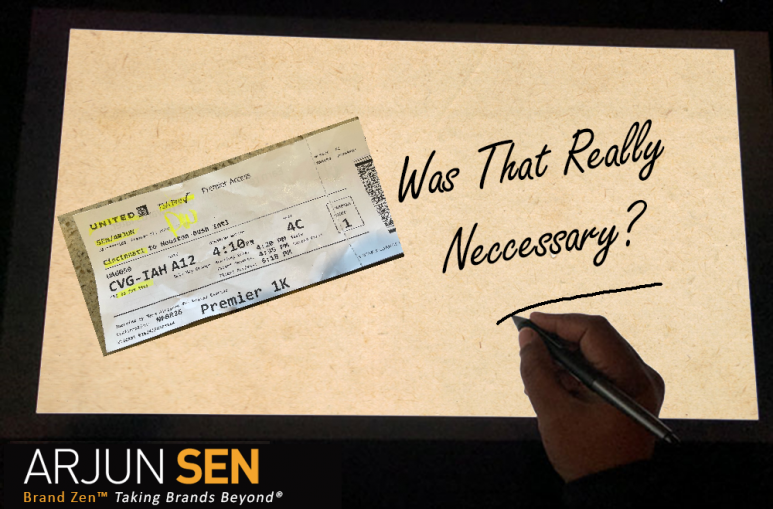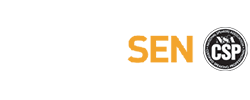Jul
Was That Really Necessary?

It was Friday afternoon. I had just returned my rental car at the Cincinnati airport and was excited to go back home to my family. I walked to security and proceeded to the CLEAR lane. The staff member at CLEAR was very professional. She took my boarding pass, guided me through the retina scan and then marked my boarding pass before walking me to the TSA agent. Soon, my luggage was screened, and I was at my gate, waiting to board my flight.
I love the efficiency of CLEAR. I am amazed how much progress we have made in the last few years. It also makes me wonder where the world will be in a few years as services similar to this makes our life even more efficient. But then, it dawned on me, “What would the CLEAR agents do if I had a mobile boarding pass? Surely, they do not have a magic pen to mark my mobile boarding pass. Or do they?”
The next few trips I used a mobile boarding pass, the process was the same but fortunately, they did not use a marker on my iPhone screen. Hmm, that showed me that they really did not need to mark my paper boarding pass. Then, what was the purpose of them marking my airline name, my TSA Pre status, my name, my departing airport, the date, and then initialing the boarding pass? In a world where nearly half of all travelers are using mobile boarding passes, maybe CLEAR had figured out that people like me, who still use a paper boarding pass are more forgetful and the markings will help them. If that was true, did they really have to mark Cincinnati on my paper boarding pass to remind me that I am leaving Cincinnati? Hmm
Now let us look at the cost of this redundancy. CLEAR, based on published reports, has nearly 3 million members who are making nearly 100 million trips a year. That means nearly 50 million trips have paper boarding passes which are getting marked. If you aggregate the level of inefficiency, it becomes huge. If this process takes an additional 5 seconds, that is an additional 70,000 hours wasted. Finally, what is the cost of the markers to mark those 50 million boarding passes? What is the impact on the wrist of the employees?
Businesses today are all creating parallel paths for their customers to access their brand using the digital path. It is not easy to maintain both a traditional and a digital path, but it is essential for both to sync. When they do not sync, it could either be that the digital path is missing key elements or the traditional path is holding on to outdated steps that are not needed anymore. Both are equally important to pay attention to. Recently, when I checked in for my flight on United Airline’s website, there were some digital confetti to celebrate my success. It made me feel good and realize that I have successfully completed the process. On a lighter note, maybe the airlines realize it was a big accomplishment for me to finish checking in and decided to celebrate the event, just for me. Either way, it paralleled the traditional experience, where an agent thanks passengers after an interaction, but in this case they did it the way that works perfectly in the digital world.
If you are adding parallel paths for your customers to access and use your brand using the digital path, you should ask the following three questions:
- What are the key elements and touchpoints of the guest experience?
- Does your digital path include all of them?
- Are there any touchpoints on the traditional side that has become obsolete and can be deleted?
In the case of CLEAR, they can easily eliminate the step of highlighting the airport I am leaving as Cincinnati is a nice city and I enjoyed visiting. There was no reason to remind me that I am finally leaving the city.

